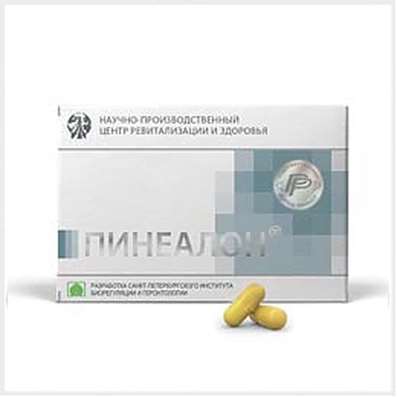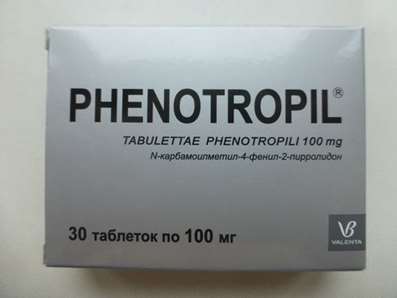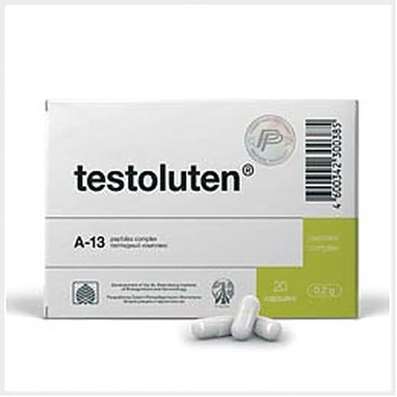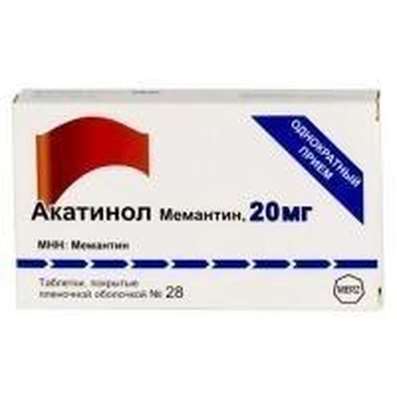Instruction for use: Dextrose
I want this, give me price
Trade name of the drug – Glucose; Glucose solution for infusion; Dextrose monohydrate; Dextrose; Glucose Braun; Glucose-E; Glucosterol; Glucose tablets; Glucose bufus; Lycadex PF dextrose monohydrate; Glucose (C*PharmDex); Glucose Bieffe; Glucose-Vial; Glucose-Eskom; Dextrose-Vial; Glucose solution for injections 10%; Glucose solution for injections 5%; Glucosteril 20%
The Latin name of the substance Dextrose
Dextrosum (genus. Dextrosi)
Chemical name
D-glucose
Gross formula
C6H12O6
Pharmacological groups:
Means for enteral and parenteral nutrition
Substitutes for plasma and other blood components
The nosological classification (ICD-10)
A48.3 Toxic shock syndrome: Bacteremic shock; Infectious-toxic shock; Intoxication syndrome; Toxico-infectious shock; Toxic shock; Chronic intoxication in diseases of the digestive tract; Chronic intoxication in gastrointestinal infections; Endotoxin shock
D68.9 Violation of coagulation, unspecified: Multiple bleeding; Violation of blood clotting; Reduced blood clotting; Coagulopathies acquired
E16.2 Hypoglycemia, unspecified: Hypoglycemic coma; Hypoglycemic conditions; Severe hypoglycemia; Hypoglycaemia
E87.8 Other disorders of water-salt balance, not elsewhere classified (hypochloraemia): Restoration of chloride ion concentration; Hypochloremia
I95.1 Orthostatic hypotension: Idiopathic orthostatic hypotension; Orthostatic hypotension; orthostatic syndrome; Reactions by type asimpatikotonii
K73 Chronic hepatitis, not elsewhere classified: Inflammatory liver disease; Hepatitis autoimmune; Hepatitis chronic; Infection of the liver; Chronic hepatitis with signs of cholestasis; Chronic reactive hepatitis; Chronic persistent hepatitis; Chronic infectious hepatitis; Chronic active hepatitis; Chronic inflammatory liver disease; Autoimmune Hepatitis; Chronic hepatitis is aggressive
R57 Shock, not elsewhere classified: Obstructive shock
R58 Bleeding, not elsewhere classified: Abdominal apoplexy; Hemorrhagia; Haemorrhage of the esophagus; Hemorrhage; Generalized bleeding; Diffuse bleeding; Diffuse bleeding; Prolonged bleeding; Blood loss; Blood loss during surgical interventions; Bleeding during surgery and in the postoperative period; Bleeding during labor; Bleeding and haemorrhage in hemophilia B; Bleeding from the gums; Bleeding intraoperative abdominal; Bleeding against a background of coumarin anticoagulants; Hepatic hepatitis; Bleeding in hemophilia A; Bleeding at hemophilia A; Bleeding with inhibitory forms of hemophilia A and B; Bleeding due to leukemia; Bleeding in patients with leukemia; Bleeding; Bleeding due to portal hypertension; Bleeding due to hyperfibrinolysis; Drug bleeding; Local bleeding; Local bleeding due to activation of fibrinolysis; Massive blood loss; Acute blood loss; Parenchymal hemorrhage; Hepatic bleeding; Postoperative hemorrhage; Kidney bleeding; Vascular-platelet hemostasis; Traumatic bleeding; Threatening bleeding; Chronic blood loss
T40 Poisoning by Drugs and Psychodysleptics [hallucinogens]: Drug Intoxication; Intoxication narcotic; Intoxication with narcotic analgesics; Drug poisoning; Poisoning with drugs and analgesics; Poisoning with drugs; Poisoning with sleeping pills and narcotic drugs; Overdose of narcotic analgesics
T57.0 Toxic effect of arsenic and its compounds: Arsenic intoxication; Arsenic poisoning; Poisoning with arsenic compounds
T79.4 Traumatic shock: Haemorrhagic shock; Crash Syndrome; Posthemorrhagic shock; Postoperative shock; Post-traumatic shock; Post-traumatic shock; Traumatic shock; Syndrome of hemorrhagic shock and encephalopathy
T81.1 Shock during or after the procedure, not elsewhere classified: Operating shock; Postoperative shock; Operational shock
CAS code
50-99-7
Pharmacology
Mode action - Hydrating, detoxification, plasma-substituting, metabolic.
Substantially provides energy exchange. Supports the volume of circulating plasma. Isotonic solution replenishes the volume of lost fluid, increased osmotic activity of hypertonic solutions increases the yield of tissue fluid in the vascular bed and retains it in it, raises diuresis and eliminates toxic substances. Dextrose molecules are utilized in the energy supply process.
Application of the substance Dextrose
Hypoglycaemia, hypoglycemic coma, hypovolemia, dehydration, shock, collapse, intoxication (in surgical, traumatological, resuscitative practice); Preparation of drug solutions.
Contraindications
Diabetes mellitus, hyperglycemia.
Side effects of Dextrose
Fever, inflammation of the tissues at the site of injection, thrombosis and / or thrombophlebitis - most often associated with violations of asepsis during the preparation of a solution or technique of injection (after the introduction of a large amount of fluid); Hypervolemia, acute left ventricular failure.
Routes of administration
IV (by stream infusion, by drop infusion).
Special instructions
To increase the osmolarity of 5% glucose solution can be combined with sodium chloride solution. More fully and quickly digest dextrose on the background of insulin (3 units per 1 g of dry dextrose).

 Cart
Cart





